Having an understanding of sound is very important when you are learning a language. Therefore, it's crucial to have an understanding of what is the phoneme. But most people are unaware of this term, and why does it matter in language learning? Let’s break it down in this guide.
- Part 1. What Is a Phoneme?
- Part 2. What Is a Phoneme in Phonics and Psychology?
- Part 3. Phoneme vs Grapheme: What’s the Difference?
- Part 4. Examples of Phoneme and Grapheme
-
Part 5. Bonus: Enhance Language Learning with BlipCut AI Video Translator
HOT
- Part 6. FAQS on What Is a Phoneme
Part 1. What Is a Phoneme?
Since many people commonly question what is a phoneme, let us define it. Phonemes are important in phonetics because they can be used to construct whole, distinct words. For instance, changing the /k/ in "cat" to /h/ results in "hat," which radically changes the meaning. For this example, a phoneme is one of the two unique sounds that make up the letters b and p.
Now, what is a phoneme in english language, Phonemes are defined as a more abstract form of sound and can be viewed as representations of sound in written form. They are fascinating because they are not exclusively linked to letters, nor are letters always linked to them. There are around 44 sounds in spoken English, depending on which regional accent you have.
Part 2. What Is a Phoneme in Phonics and Psychology?
Now let us see the actual meaning of phoneme in phonics as well as in psychology:
● Phoneme in Phonics
So, what is a phoneme in phonics? Phoneme is a word's smallest unit of sound.. It might be made up of a single letter or a group of letters. Teaching children to break down words into their individual phonemes is an essential part of assisting them in developing excellent reading abilities. When decoding unknown words by hearing them out, it is particularly helpful.
● Phoneme in Psychology
Now, let us see what is a phoneme in psychology? Phonemes are regarded as the basic sound unit of the brain that is perceived by humans. In psychology, this theory is of great interest, specifically in research on cognition and development. According to research, the ability to differentiate phonemes is of fundamental importance in learning language and problems with this ability can negatively affect our ability to read and speak.
Psychologists study how people recognise these sounds, how babies learn them and whether people with trouble recognising phonemes may have some connections to things like dyslexia.
Part 3. Phoneme vs Grapheme: What’s the Difference?
If you want to know what is a grapheme and a phoneme. Then the above article will be beneficial for you. Now, it's time to know what is the difference between a grapheme and a phoneme.
1. A Phoneme Is a Sound You Hear
The Phoneme is the smallest sound unit. Phonemes are representations of sounds, not letters. Despite having three letters, the phonemic breakdown of the word dog shows that it sounds like /d/, /ɒ/, and /g/ when spoken. Listeners actually hear these sounds.
2. Grapheme Is a Symbol You See
Graphemes, on the other hand, are the marks you see on paper or a screen. You can represent a phoneme using one letter as well as with multiple letters in written form. The same phonetic sound is conveyed by two distinct graphemes represented by these spellings.
3. Phonemes Are Part of Speech, Graphemes Are Part of Writing
Phonemes live in the world of speech and hearing; they exist in how we say things out loud. Graphemes belong to reading and writing, they are the way sounds are shown visually using letters or letter combinations.
4. One Sound Can Have Many Spellings
A phoneme may have multiple ways of being spelt, depending on what the word is. This is why English spelling can sometimes be tricky, there are often multiple ways to write the same sound.
Part 4. Examples of Phoneme and Grapheme
In addition to learning about phoneme and grapheme, discussing what is an example of a phoneme and grapheme will make the difference more clear.
Example 1: The Word Cat
Phonemes: /k/ /a/ /t/
These are the three separate sounds you hear when you slowly say the word cat.
Graphemes: c, a, t
In writing, these are the letters that stand in for each phoneme.
Example 2: The Word Ship
Phonemes: /ʃ/ /ɪ/ /p/
Even though ship has four letters, it has only three sounds.
Graphemes: sh, i, p
For the /ʃ/ sound, a single digraph grapheme has been introduced by the two-letter pair sh.
Example 3: The Word Phone
Phonemes: /f/ /oʊ/ /n/
The /f/ sound at the beginning is key here.
Graphemes: ph, o, n, e
Even though we write ph, it still sounds like /f/, and e is silent but still part of the spelling.
Part 5. Bonus: Enhance Language Learning with BlipCut AI Video Translator
Although learning a new language might be challenging, it can be made a lot simpler and more interesting with the correct resources. Beyond simple text conversion, BlipCut AI Video Translator is an all-in-one AI-powered video translator that facilitates multilingual voiceovers, dubbing, transcription, and subtitles to help students engage with the material. Whether you're practising pronunciation or watching translated videos, BlipCut AI Video Translator brings language learning to life.
AI Video Translator translates videos into other languages, ideal for learning from foreign media.
Key Features of BlipCut AI Video Translator
-
AI Voiceover Generator lets users hear translated content in a lifelike AI voice, reinforcing pronunciation.
-
AI Subtitle Translator is great for reading along in your target language while watching videos.
-
AI Transcription Tools help learners get accurate written content from spoken language for study or review.
-
Text-to-Speech allows learners to convert written vocabulary or phrases into spoken audio for pronunciation practice.
Step-by-Step: How to Use BlipCut AI Video Translator for Language Learning
Step 1: Open BlipCut AI Video Translator’s Text-to-Speech Tool Online
Visit the BlipCut AI Video Translator website and look for the Text to Speech feature on the main page. Click on Create Voiceover to get started. Everything works online, so there’s no need to install anything. Whether you're turning Character AI chats or any script into speech, just paste your text and begin instantly.

Step 2: Click on Create Voiceover to Enter the Editor
After choosing the tool, hit Create Voiceover again to open the workspace. Easy to use edit editor, you can just type your script in and / or just copy & paste it. You will hear actual audio as you edit, so you can easily correct any parts that are not working.

Step 3: Add Your Text and Select Voice Options
From the box when you insert or paste the text you can choose from more than 95 languages and many AI voices of your choice. You can choose a voice that is right for your material either for informal, official or even character based voices. You can add the tone, pitch and tempo as well to get the exact impression that you want.

Step 4: Download or Share the Finished Audio
When you’re happy with your voiceover click Download to save it to your hard drive. And you’ll get a clear, high quality audio file that sounds natural and can be used to add to videos, stories, and learning materials. BlipCut AI Video Translator processes everything fast and gives you studio-level results without the hassle.

Part 6. FAQS on What Is a Phoneme
Q1. Is a Phoneme just a Letter?
A1: No, a phoneme is a sound. You can use letters as a representation for sounds, but they're not always phonemes. The phonemes / k / and /s / are represented by the x inthe box.
Q2. How to explain Phonemes to a Child?
A2: The sound we hear in a word is called a phoneme. So dog has 3 sounds: /d/, /o/ and /g/. A phoneme is each of those sounds. Make it fun and interesting by using clapping games and visual aids.
Conclusion
One needs to know what is a phoneme in order to have an understanding of how language works, be it spoken or written or read. In psychology, linguistics, education and artificial intelligence (AI) based learning, phonemes are closely related to communication. Correct word pronunciation, phoneme distinctions and language learning can be achieved today using apps like BlipCut AI Video Translator.
Leave a Comment
Create your review for BlipCut articles



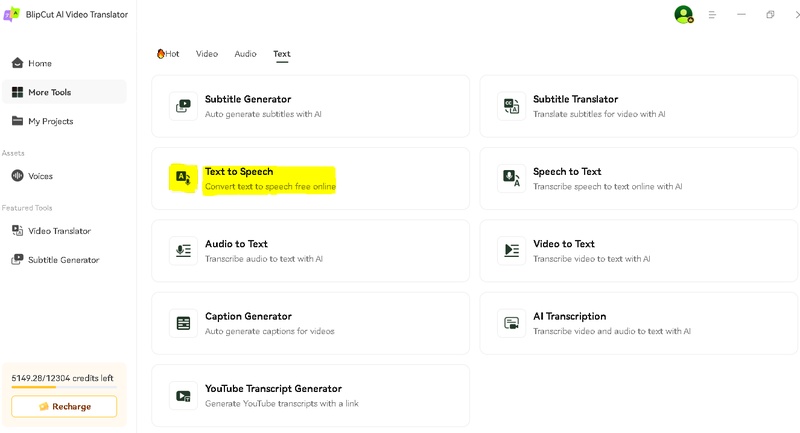
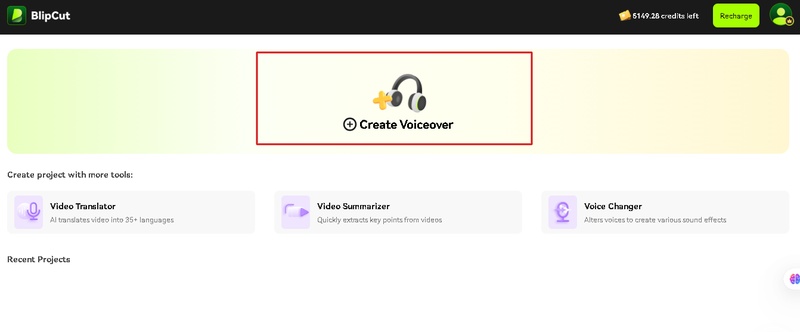
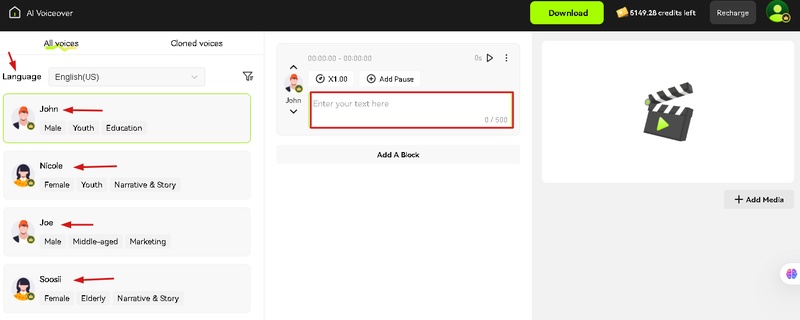
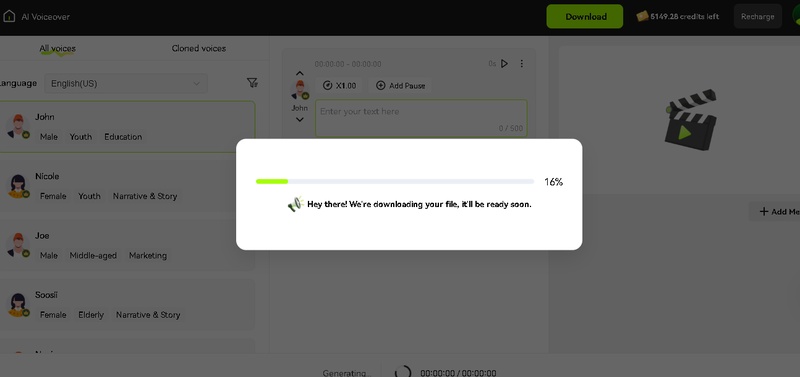

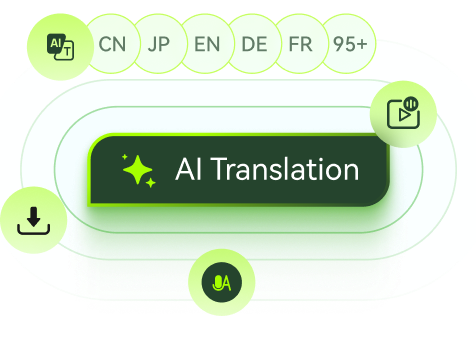

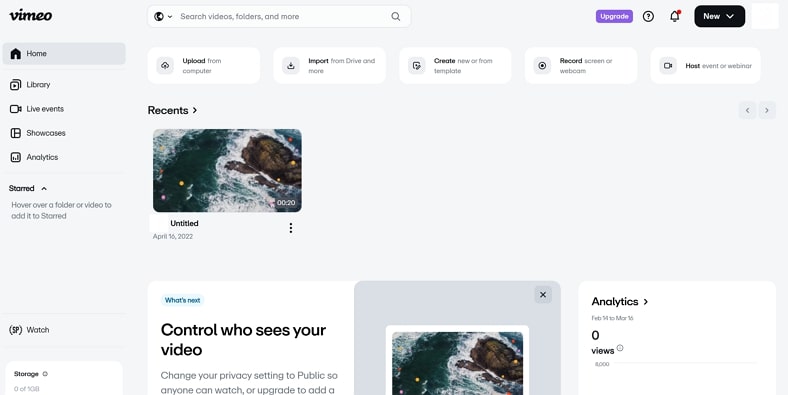
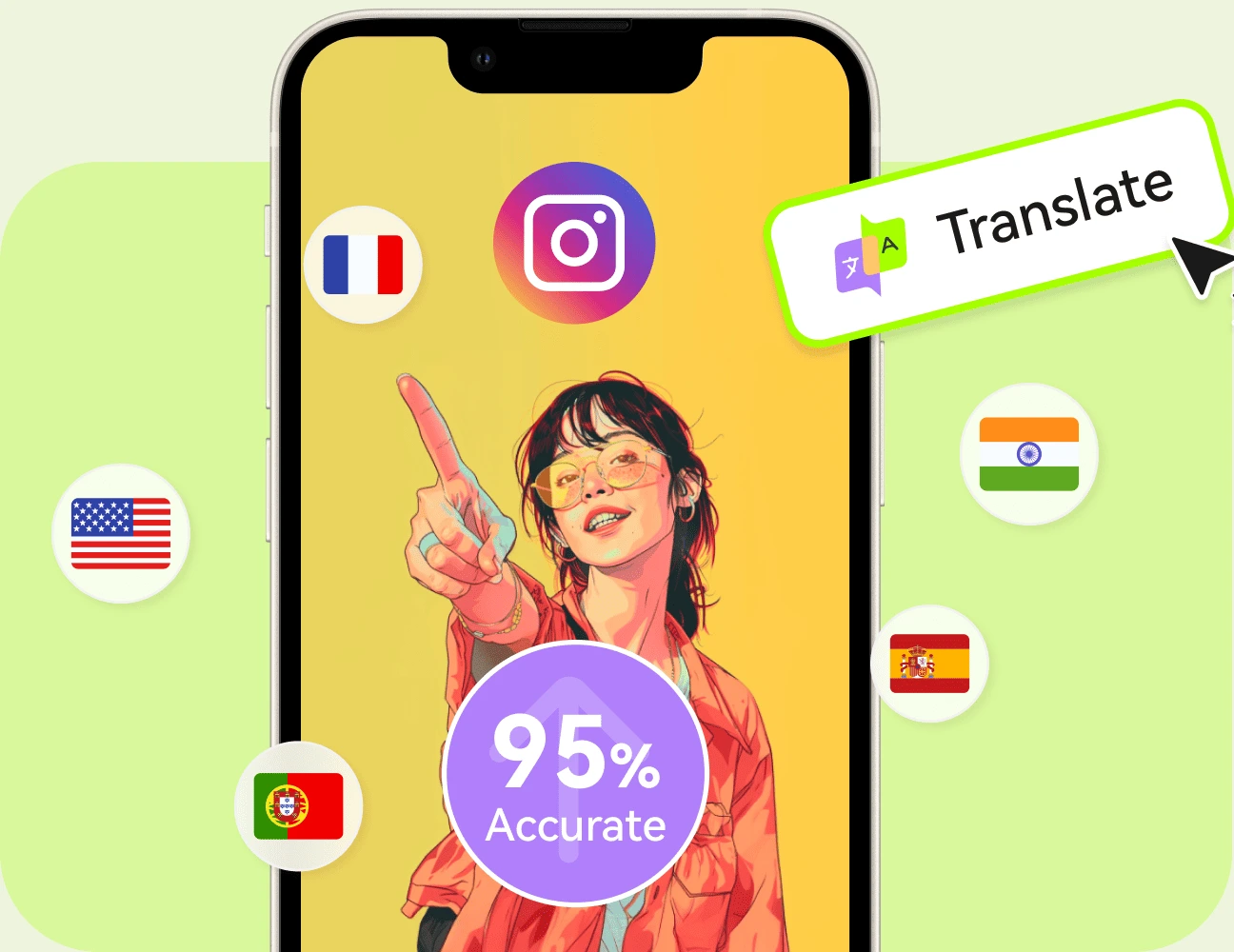
Blake Keeley
Editor-in-Chief at BlipCut with over three years of experience, focused on new trends and AI features to keep content fresh and engaging.
(Click to rate this post)